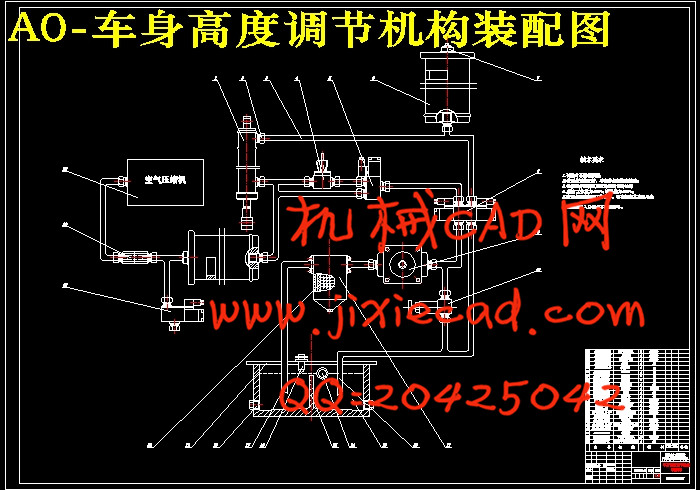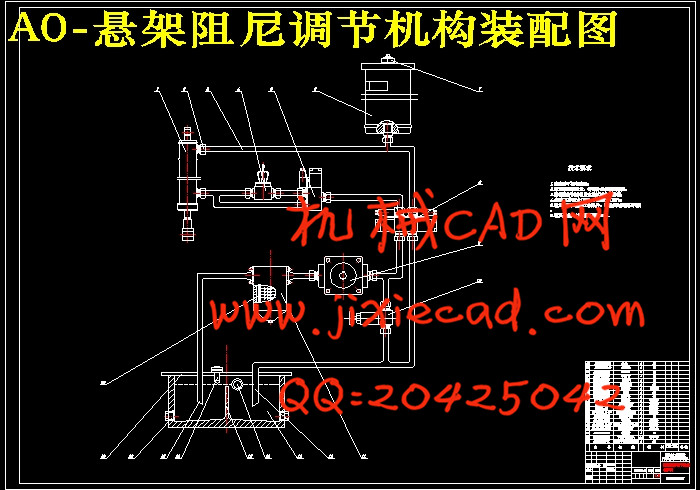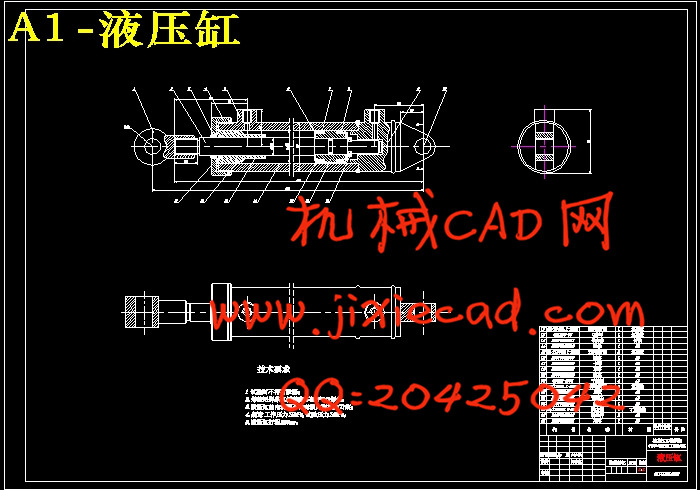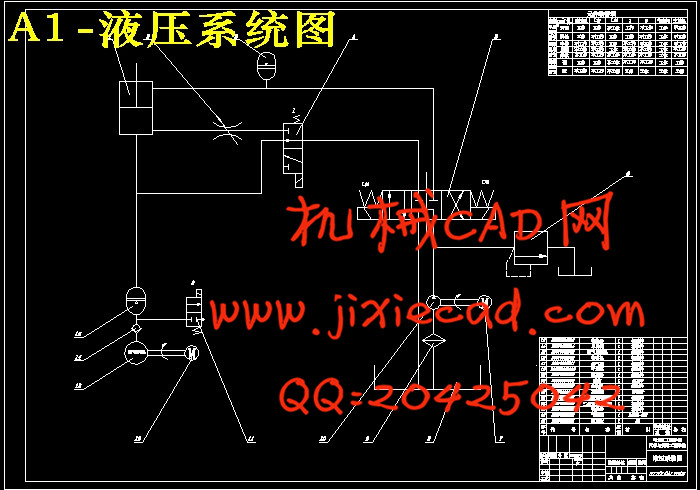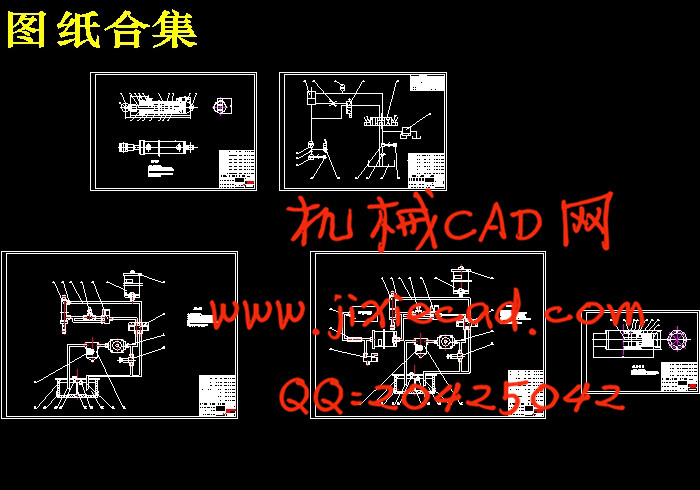设计简介
摘 要
近几年来,我国越野车行业飞速发展,市场规模急剧扩大。之所以受欢迎是因为越野车有着良好的操纵安全性,行驶通过性,和乘坐舒适性。传统的被动悬架由于其参数固定从根本上造成了两者的矛盾,主动悬架作为最先进的悬架系统,能根据实时工况,主动及时地调整和产生所需悬架控制力,使悬架处于最优的减振状态,从而达到两者的完美结合。
文中介绍了越野车液压主动悬架的发展状况,并设计了一套越野车液压式主动悬架系统。使所设计的悬架系统能根据车况进行悬架刚度和阻尼力调节、车身高度的调节等一系列动作进行自动调节,使得越野车悬架系统有着良好的乘坐舒适性和操纵安全性。
关键词:主动悬架;液压系统;伺服阀;液压控制;越野车悬架
ABSTRACT近几年来,我国越野车行业飞速发展,市场规模急剧扩大。之所以受欢迎是因为越野车有着良好的操纵安全性,行驶通过性,和乘坐舒适性。传统的被动悬架由于其参数固定从根本上造成了两者的矛盾,主动悬架作为最先进的悬架系统,能根据实时工况,主动及时地调整和产生所需悬架控制力,使悬架处于最优的减振状态,从而达到两者的完美结合。
文中介绍了越野车液压主动悬架的发展状况,并设计了一套越野车液压式主动悬架系统。使所设计的悬架系统能根据车况进行悬架刚度和阻尼力调节、车身高度的调节等一系列动作进行自动调节,使得越野车悬架系统有着良好的乘坐舒适性和操纵安全性。
关键词:主动悬架;液压系统;伺服阀;液压控制;越野车悬架
In recent years, our country's sport utility vehicle industry is developing rapidly, and the scale of the market is increasing dramatically. Suvs is popular because of the good maneuvering, driving through, and comfort. The traditional passive suspension due to its parameters fixed fundamentally caused both contradiction, active suspension as the most advanced suspension system, according to the real-time operating mode, active timely adjustment and to produce a desired suspension control, make suspension in the optimal vibration reduction status, so as to achieve the perfect combination of the two.
This essay introduces the hydraulic sport utility vehicle active suspension of development, and designed a set of hydraulic sport utility vehicle active suspension system. Make the design of suspension system can according to the condition for suspension stiffness and damping force adjustment, body height adjustment and a series of action to make automatic adjustment, make sport utility vehicle suspension system has good comfort and operation safety.
Key Words:Active suspension; Hydraulic system; Servo valve; Hydraulic control;Off-road vehicle suspension
目 录
摘要...................................................................Ⅰ
Abstract...........................................................Ⅱ
第 1 章 绪论...........................................................1
1.1 悬架系统简介......................................................1
1.1.1 悬架的功能.................................................1
1.1.2 悬架的分类.................................................1
1.2 主动悬架系统发展现状..............................................3
1.3 课题的目的与意义..................................................5
1.4 课题研究的基本内容................................................6
第 2 章 汽车液压式主动悬架系统的设计..............................7
2.1 从动悬架与主动悬架的对比.......................................7
2.2电控空气悬架系统和电控液压悬架系统的特点对比.......................7
2.3 液压式主动悬架的工作原理..........................................8
2.4液压式主动悬架的工作原理..........................................9
2.4.1 液压系统设计特点............................................9
2.5 本章小结........................................................10
第 3 章 车身高度调节机构设计.......................................11
3.1车身高度调节系统设计..............................................11
3.2 液压缸参数的确定................................................12
3.2.1 供油压力的选择............................................12
3.2.2 液压缸主要参数的确定.....................................13
3.3 液压泵的选择...................................................16
3.4 电动机的选择....................................................17
3.5 车身高度传感器的选择............................................17
3.6 本章小结........................................................18
第 4 章 悬架阻尼调节机构设计.......................................19
4.1悬架阻尼控制的原理节流阀设计......................................19
4.2.影响流量稳定性的因素......................................20
4.2.1 压差变化对流量稳定性的影响.................................20
4.2.2 油温变化对流量稳定性的影响...............................21
4.2.3 阻塞对流量稳定性的影响.....................................21
4.3传感器的选择......................................................21
4.4高速开关阀的设计.................................................22
4.4.1 压电晶体式高速开关阀......................................23
4.5 本章小结.......................................................23
第 5 章 悬架刚度调节机构设计.......................................24
5.1 悬架刚度的自动调节..............................................24
5.2 空气压缩机的选择................................................25
5.3 蓄能器的选择....................................................26
5.4 本章小结........................................................27
结论..................................................................28
参考文献..............................................................29
致谢..................................................................30


